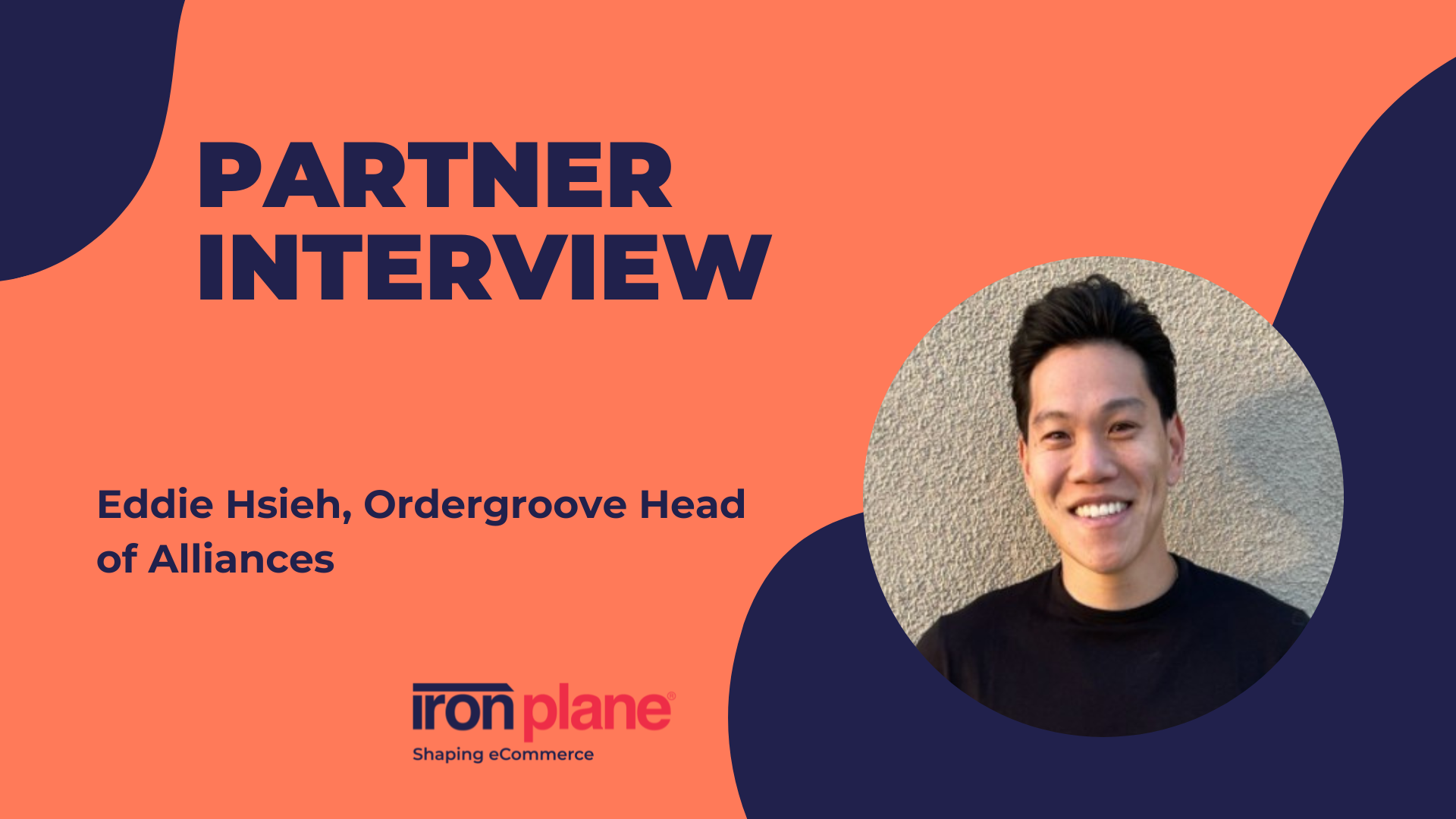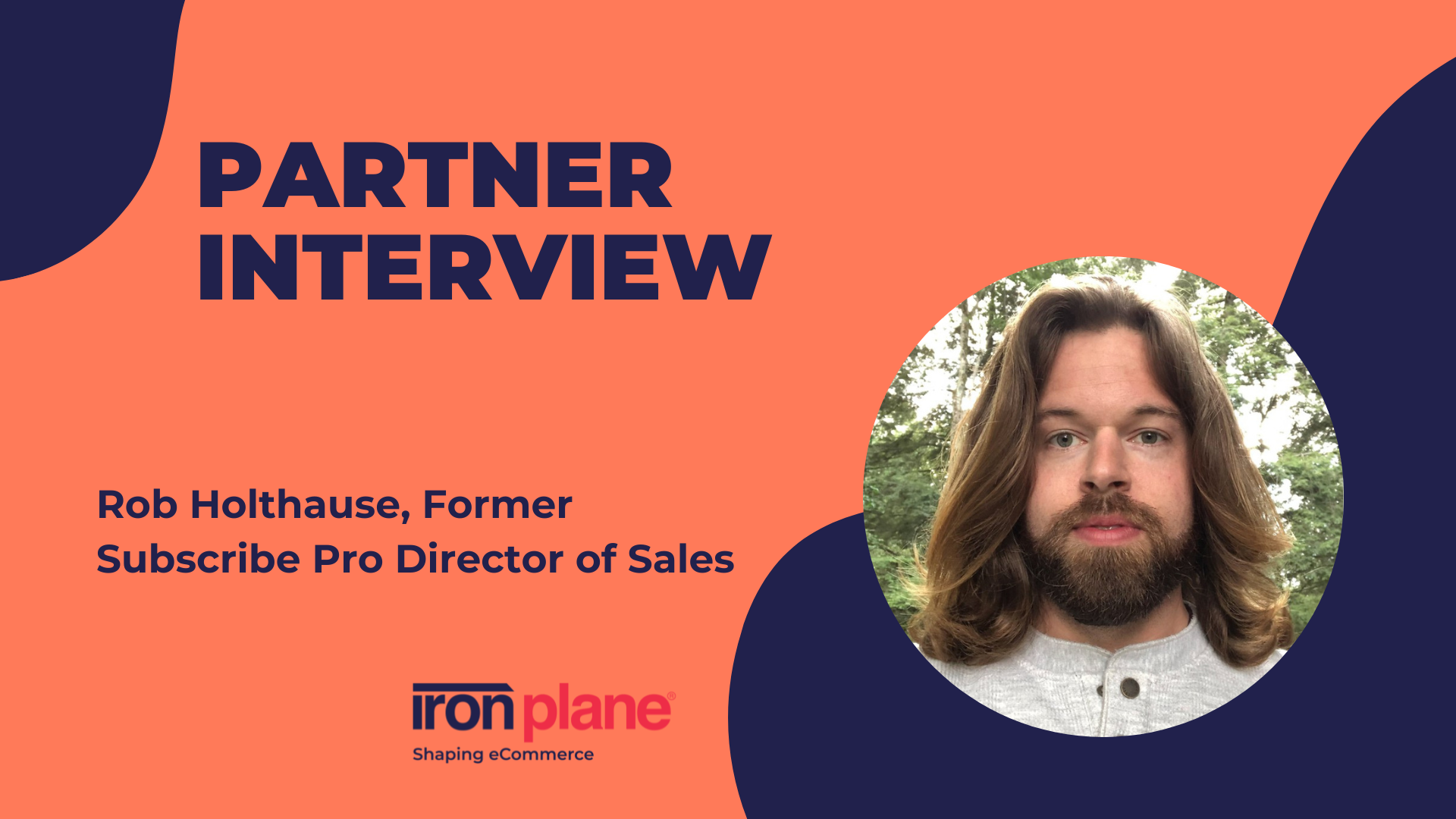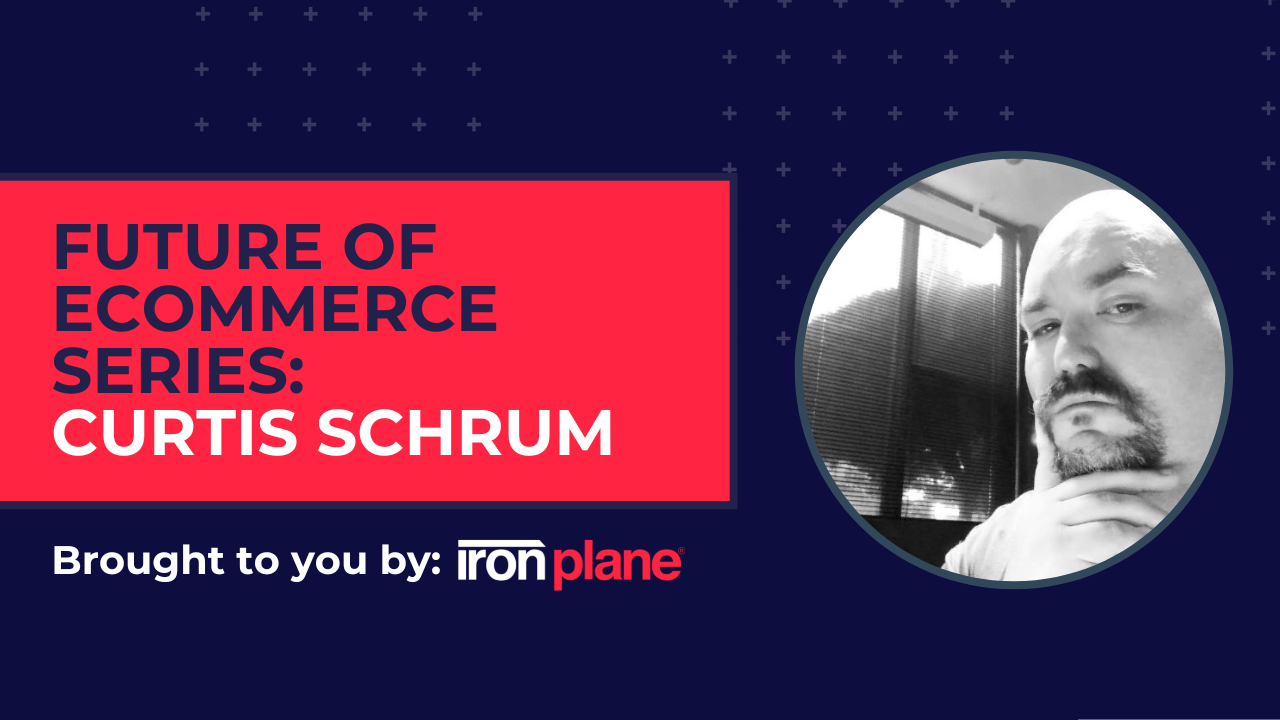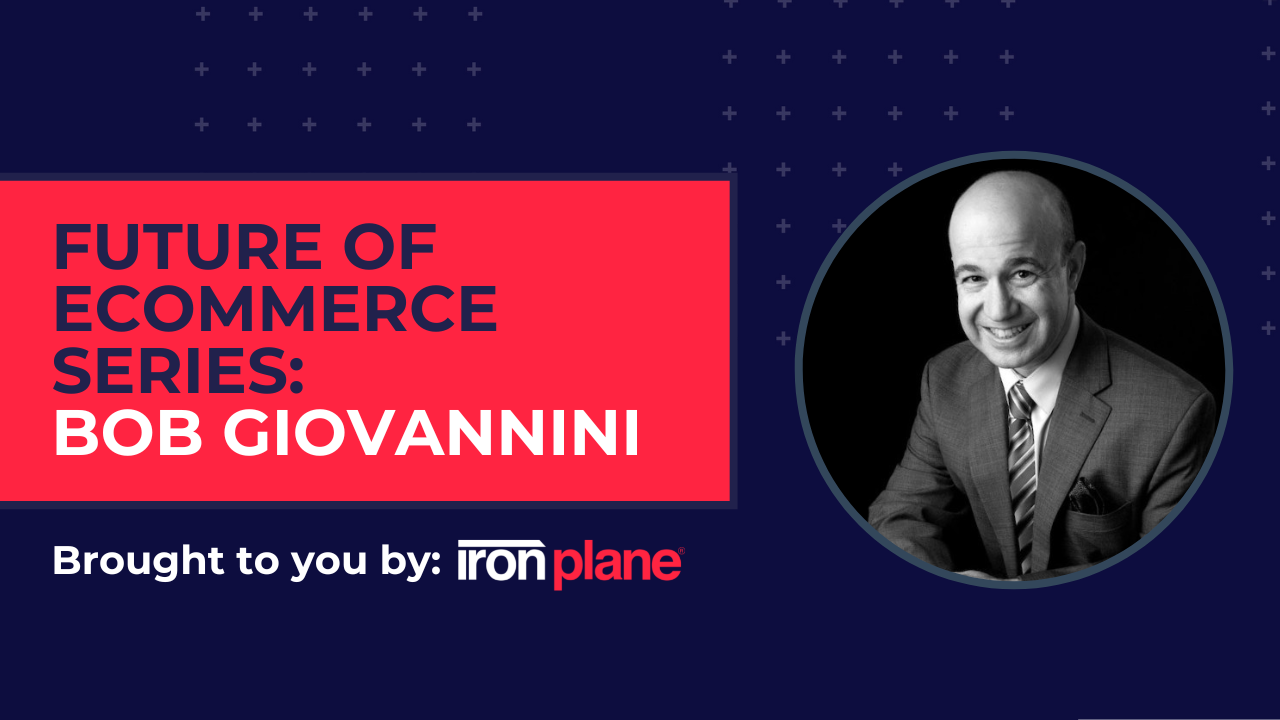Shaping eCommerce with Rob Holthause, Former Subscribe Pro Director of Sales
In Tim's interview with Rob, they discuss what SubscribePro is, how it works, what types of companies can benefit from a subscription platform, and how SubscribePro helps with retention.


 Tim Bucciarelli
Tim Bucciarelli



